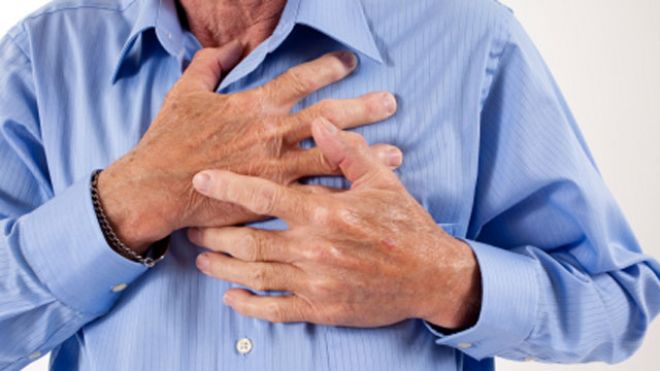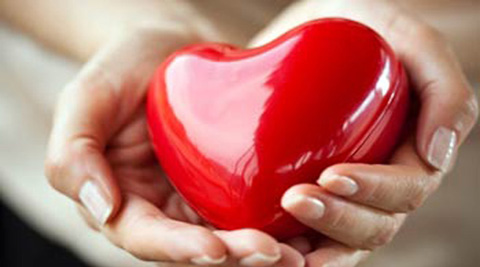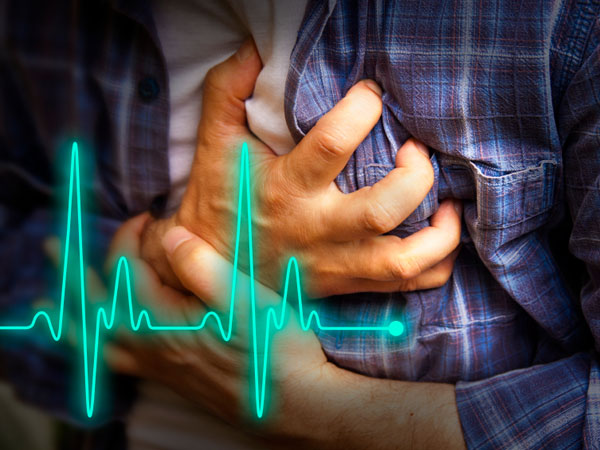First Aid: What to do when someone is having a heart attack.
First Aid: What to do when someone is having a heart attack

If someone is having a heart attack in front of you – it is best if you know what needs to be done and start assisting the patient straight away.
However, you need to know the symptoms of a heart attack first.
The person may experience some or all of these symptoms :
- The person has severe chest pain. This is not unlike a serious problem of gas but the pain is stronger and spreads from the jaw to one or both the arms. This will not subside even if the person rests.
- The person may feel dizzy or faint.
- The patient will be rapid, weak, and irregular pulse.
- There could be a possible loss of consciousness.
- The person could experience breathlessness and may gasp for air.
- Abdominal discomfort which may feel like severe indigestion.
- The person may start sweaty and may turn pale and his skin may become clammy.

First aid for a patient who is conscious:
1. Ease the strain on the heart
Make the person as comfortable as you can. Make sure his head and shoulders are well supported and that his knees are bent while the person is in a half-sitting position.
2. Give him his medication
If the person has medication for angina make sure he takes it immediately.
3. Call for help
Call emergency services and an ambulance. Make sure a crowd doesn’t gather around the person
4. Give him aspirin
Give the person 300mg of aspirin and ask him to chew it slowly so it dissolves faster in the blood stream. However, only administer the aspirin if the patient is fully conscious. Aspirin helps by breaking down blood clots and limiting the muscle damage during a heart attack. Regularly check his breathing and pulse.

For an unconscious patient:
1. Open the airways
Check his breathing and prepare to begin CPR
2. Send for AED.
Ask someone to bring an AED (automated external defibrillator), if possible, while you treat the patient. AEDs deliver a shock to correct an abnormal heart rhythm called ventricular fibrillation, which is the cause of some heart attacks.
3. Operate the AED.
An AED is simple to use. Attach the pads as indicated on the machine; then the machine will talk the operator through the process. An AED will only deliver a shock if the patient’s condition indicates that it is necessary. If you have attached an AED to a patient, leave the machine switched on at all times and leave the pads attached, even if the patient recovers.
MAke sure you stay with the patient till emergency services arrive.
1. Open the airways
Check his breathing and prepare to begin CPR
2. Send for AED.
Ask someone to bring an AED (automated external defibrillator), if possible, while you treat the patient. AEDs deliver a shock to correct an abnormal heart rhythm called ventricular fibrillation, which is the cause of some heart attacks.
3. Operate the AED.
An AED is simple to use. Attach the pads as indicated on the machine; then the machine will talk the operator through the process. An AED will only deliver a shock if the patient’s condition indicates that it is necessary. If you have attached an AED to a patient, leave the machine switched on at all times and leave the pads attached, even if the patient recovers.
MAke sure you stay with the patient till emergency services arrive.
Post a Comment